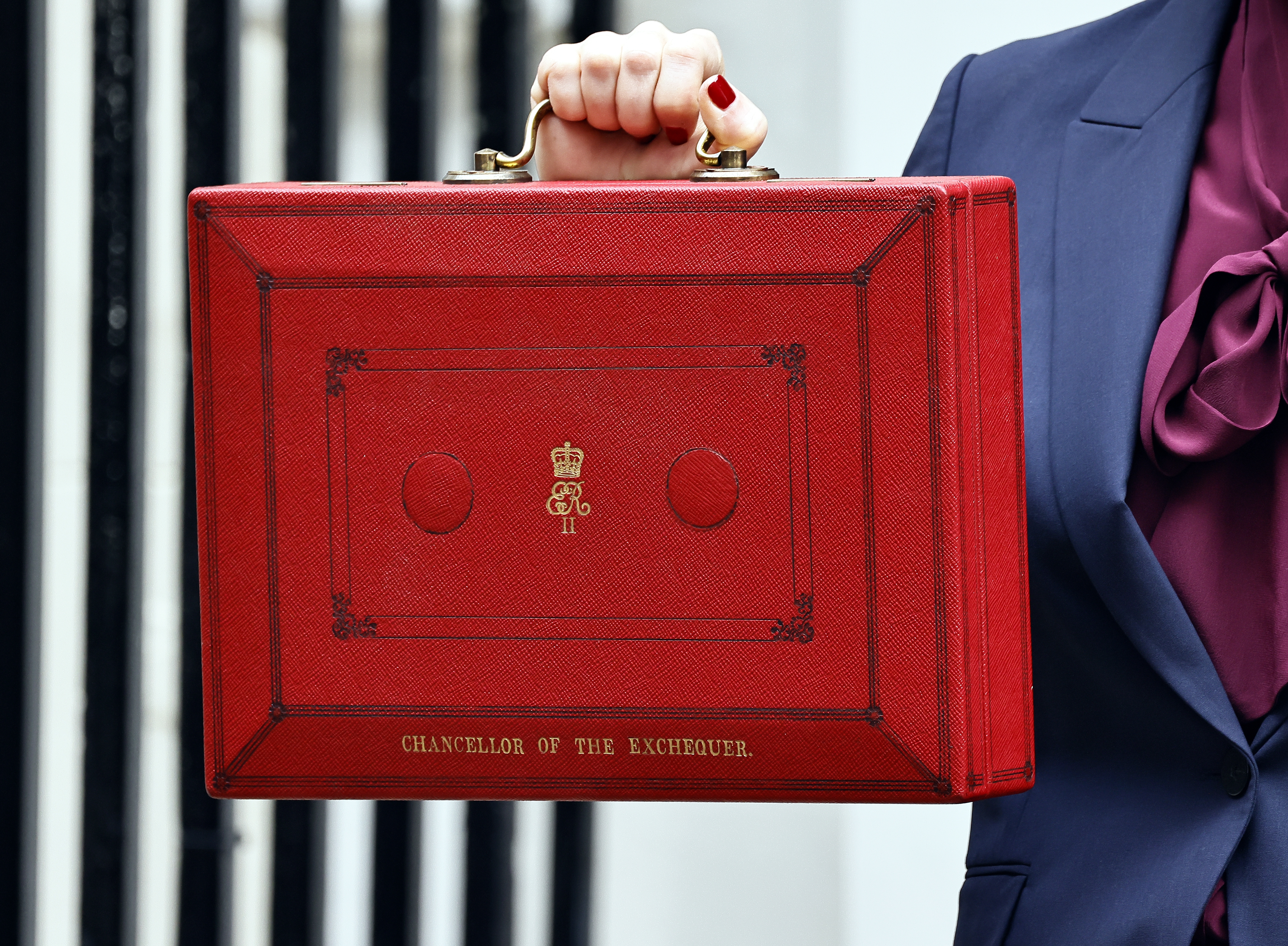16th January 2017 | Hudson Contract
Last year we alerted you to the increasing number of firms claiming to be tax rebate specialists who sell the idea that they can achieve additional rebates and secondary sources of income for their clients by playing the VAT system. Read the story here.
Now it’s time for an update – and the news brings us back to the old saying, “If it sounds too good to be true, then it probably is.”
HMRC is entirely clear that VAT isn’t designed to produce additional profit, and is about to declare war on mass market abuse of the VAT Flat Rate Scheme (FRS). So anyone who’s tempted to use it as a money-spinner needs to be aware of what they are getting themselves into.
As of April 2017 many contractors and service providers will lose the cash benefit they gained by signing up to schemes sold by rogue payroll companies and accountants who thought they could ‘play the system’.
If you think you might be affected, check out our Q&A guide to the changes:
Q. How has the FRS been ‘played’ to generate profits?
A. FRS is a simplified VAT scheme for small businesses and sole traders. VAT is charged at 20%, but rather than filling in a complicated VAT return to claim back VAT on supplies, a set rate is paid to HMRC. Until April, the rate for labour-only building or construction will continue to be 14.5%. So if you charge VAT at 20% and pay out at 14.5% you make a 5.5% profit. That said, those who use FRS aren’t allowed to claim any VAT on expenses or capital purchases below £2,000. For labour-only subbies, this means a small increase in what comes in each month, but a smaller rebate at the end of the year under self-assessment. After April, when the FRS rates change, any benefit of using FRS will vanish.
Q. How do the figures look under FRS now?
A. Take a tradesman earning £40,000-a-year who charges clients 20% VAT, and pays HMRC VAT of 14.5%. The quarterly gain is £260, or £20/week.
| TOTAL SALES IN QUARTER | £10,000 |
| VAT @20% | £2,000 |
| FLAT RATE TURNOVER | £12,000 |
| VAT PAYABLE @ 14.5% | £1,740 |
| PROFIT FROM FRS | £260 |
If this same tradesman had spent £1,000 on VATable expenses in the same quarter, he would lose approximately £60 claimable under self-assessment, making the true gain is £200 a quarter, less accounting costs.
Q. How will FRS change from 1st April?
A. Those who are registered for FRS must determine whether they meet the definition of a ‘limited cost trader’. Most tradesmen do. Limited cost traders will have to increase the VAT rate paid to HMRC to 16.5%, reducing their quarterly profit, and for most making it a waste of time.
| TOTAL SALES IN QUARTER | £10,000 |
| VAT @20% | £2,000 |
| FLAT RATE TURNOVER | £12,000 |
| VAT PAYABLE @ 16.5% | £1,980 |
| PROFIT FROM FRS | £20 |
After £60 loss at Self-Assessment the individual is looking at a £40 loss – and that’s before accountancy fees.
Q. I’m affected by this – or someone I work with is. What should I do next?
A. To stay safe, it’s best to seek advice from an accountant. If your annual turnover is less than £83,000, your best option may well be to deregister from VAT with effect from 1 April 2017. Those with a higher turnover may need to withdraw from FRS and move to full VAT returns.
Remember, HMRC have changed the rules because of abuse, and those who participated in these schemes – and their customers – may face further scrutiny and VAT inspections. So if you know anyone who has been profiting from a ‘tax specialists’ FRS, make sure they are aware of the changes . . . and proceed with caution in future.

To speak to one of our team, call us on 01262 401040
Or request a callback and one of our team will be in touch at a time that suits you.
Request a callback
Please select your role and fill in your details and we'll get you the right person to call you:



